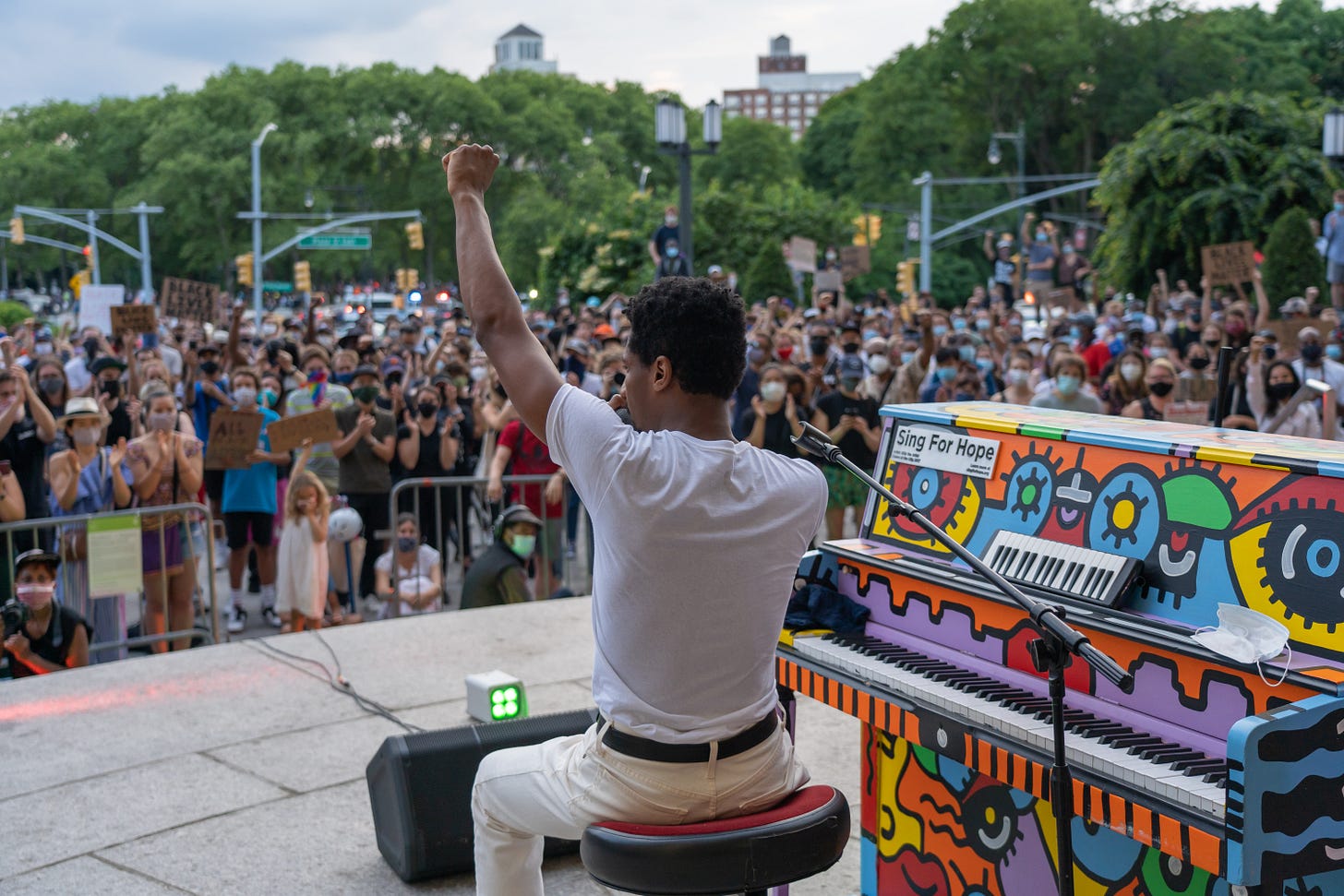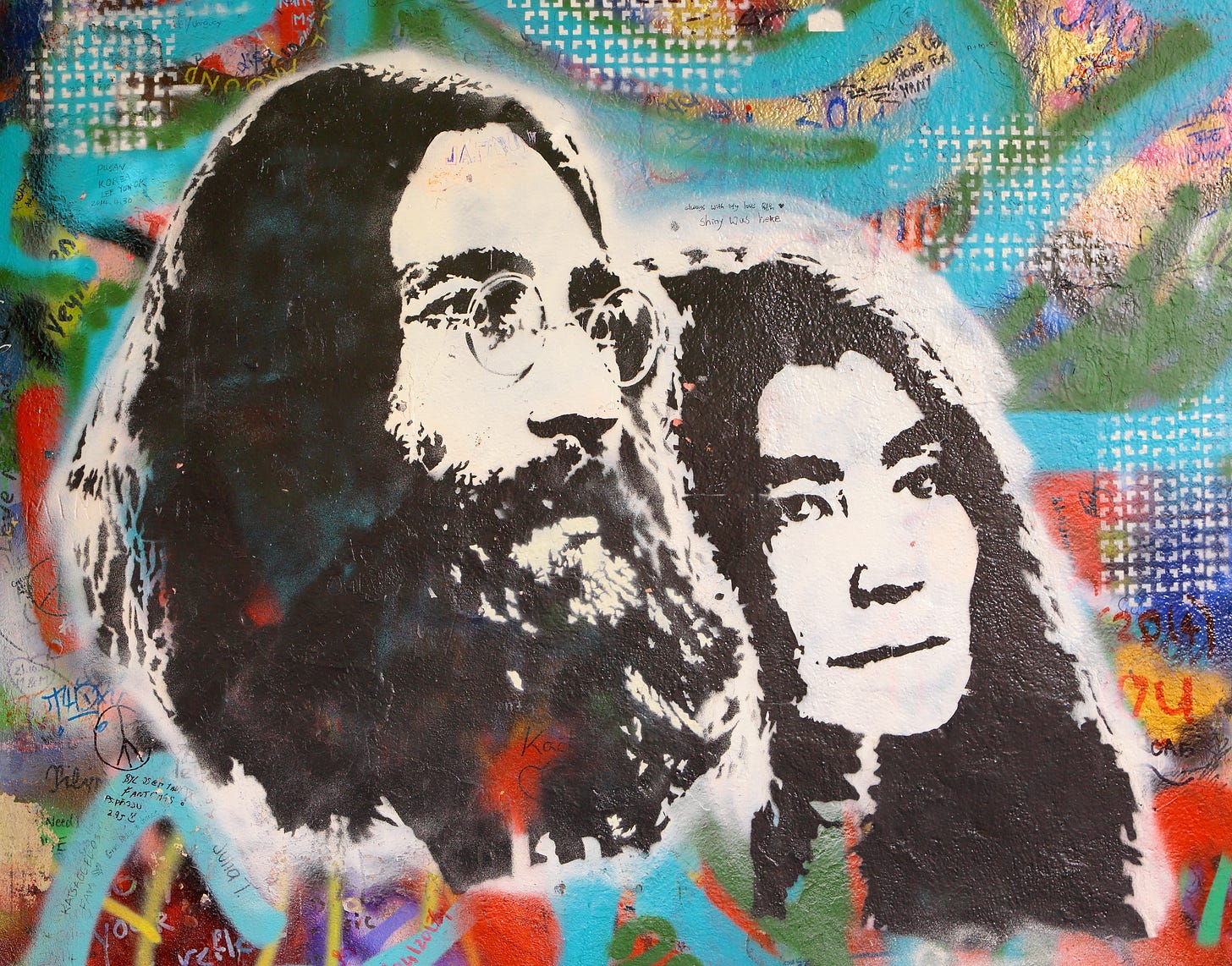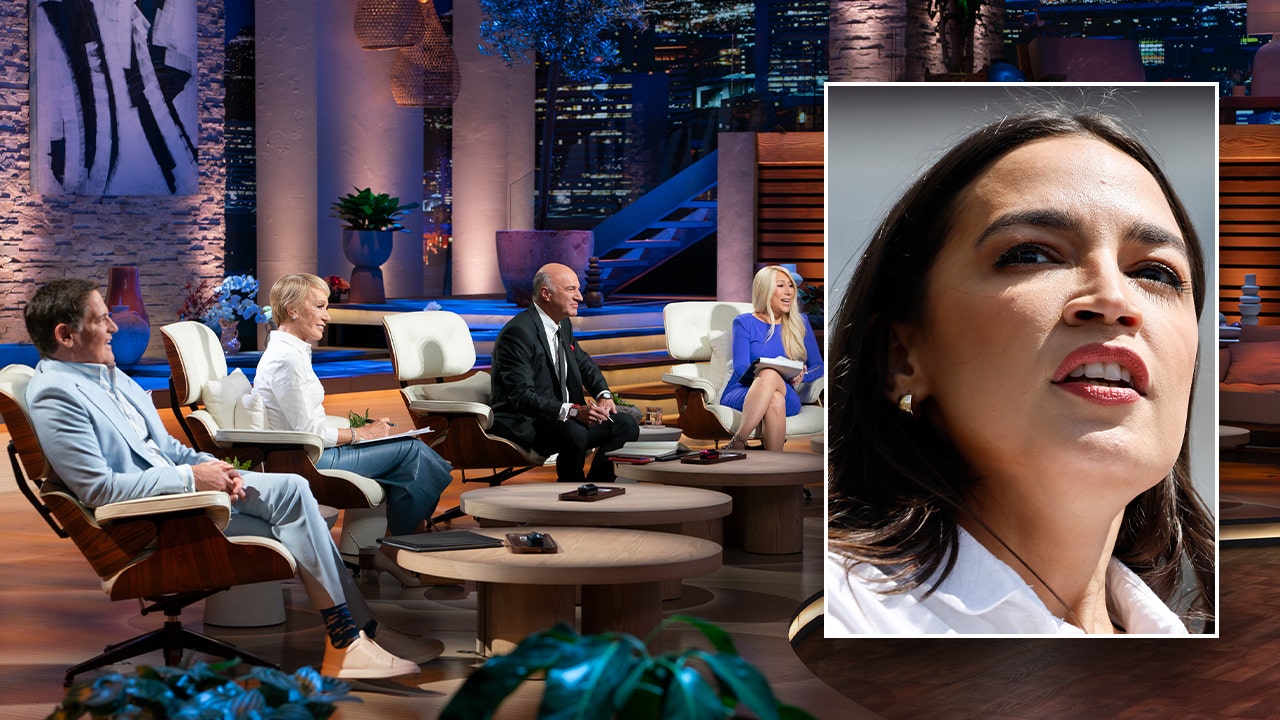What makes a good protest song?
It’s a question that feels particularly relevant in 2025, as a diverse coalition of Americans and people around the world are banding together in opposition to Trump. The millions who have marched or turned out at rallies over the last few months all have countless reasons to mobilize and clever signs to carry.
But what they don’t have—yet—is a unifying anthem on par with the great protest songs that were once a staple of Western pop music. Music played an integral role in the Civil Rights and anti-war movements of the ‘60s. The ‘70s brought us punk, while the ‘80s saw the rise of explicitly political rap groups like Public Enemy. Even in this millennium, George W. Bush and the debacle of the Iraq War inspired an entire subgenre of pop.
Musicians like Beyoncé and Kendrick Lamar are known for making political statements through their art, and have created the closest things we have to contemporary protest songs—“Freedom,” “Formation,” “Alright”—but they are increasingly the exception.
In April, Bernie Sanders and AOC brought their Fighting Oligarchy tour to Los Angeles, attracting an estimated crowd of 36,000. On stage, Maggie Rogers, Neil Young, and Joan Baez—arguably the master of the protest song—performed “Keep on Rockin’ in the Free World,” Young’s sardonic 1989 hit about the failure of Republican policies in the U.S. and the imminent end of the Cold War.
The intergenerational performance was moving to witness. But it also underscored the fact that, a decade after the chronically bankrupt real-estate developer and reality TV host rode down the elevator and upended American politics forever, we don’t have an anti-Trump anthem of our own.
“There are certain structural reasons why protest songs cannot be as powerful and reach a mass audience in the way that they used to,” says Dorian Lynskey, author of 33 Revolutions per Minute: A History of Protest Songs, from Billie Holiday to Green Day. For starters, culture is more siloed than ever, making it harder for any song to become a massive, inescapable hit. And thanks to the rise of streaming, there is “a much more static and homogenous top 40 in the UK and in the US” than there once was.
The rise of social media also plays a huge role in the seeming demise of the protest song. In an earlier era, musicians who wanted to say something about the world could simply express it in a song. Now, they have other outlets. Now, they have a platform they can use to directly speak about politics (with the assistance of their PR team).
Lynskey points to Taylor Swift, whose music, analyzed by her fans like ancient scripture, is largely devoid of politics and who has never recorded anything that could be considered a protest against anything except her exes. When she decided to endorse Kamala Harris for president, she did so with a strategically timed post on Instagram.
Artist Swift has spoken about how the controversy over the Chicks—who were blacklisted by country radio stations after making comments critical of George W. Bush in 2003—made her reluctant to wade into politics.
Then there’s Sinéad O’Connor, whose mainstream pop career effectively ended the moment she ripped up a picture of Pope John Paul II on Saturday Night Live in 1992. She was widely denounced at the time, and even got booed off the stage at, of all things, a Bob Dylan tribute concert, but is now seen as a visionary years ahead of her time.
But social media has indeed dramatically increased the jeopardy for artists speaking out on politics.
“Controversy can spread instantly,” Lynskey says. Case in point: Kneecap, an Irish Republican rap trio from Belfast displayed anti-Israel messages in their Coachella set last month, triggering calls to have their US visas revoked. They are now under investigation by London’s Metropolitan Police for provocative statements made years ago in clips that have resurfaced online.
The environment now is “much more dangerous for artists,” Lynskey says. And that danger is even more acute with Trump in office, especially for foreign artists. “If you are an artist whose income depends on touring America, are you going to be very loudly oppositional to Donald Trump? I’m sure some will. But it is a very real disincentive that can have very, very concrete ramifications.”
Even as recently as the Bush administration, acts like Pink and Green Day “were doing what artists were doing in the ‘70s: intentionally going into a studio and making a response to the time,” says Gerrick Kennedy, author of Parental Discretion is Advised: The Rise of N.W.A. and the Dawn of Gangsta Rap.
As a semi-recent example of a powerful protest song, he cites “Alright” by Kendrick Lamar, which was embraced as the cathartic soundtrack to the early Black Lives Matter Movement. “I can close my eyes and see it and feel it and feel what it was like in that moment,” Kennedy says. “It’s Black folks marching in the street to that record.”
But that song was released a full decade ago. Hip hop, once the province of acts like N.W.A., has become less political. Even Lamar swept the Grammys this year with a song about his beef with Drake.
These days, there is a noticeable “lack of protest music within mainstream pop music,” says Kennedy. Even COVID, and the deaths of millions of people, failed to inspire the sonic revolution he assumed was imminent during lockdown.
He chalks some of this reluctance up to the fact that artists know their every move will be analyzed endlessly, and their motives questioned unless they smell them out.
“We are now in an era, unfortunately, where you really have to say it directly, then have the press release, the video, and the Instagram post,” he says. “Many artists, they know that they maybe can't do the direct response [to the news] because of how much explanation is now attached to music.”
Kennedy says that the artists who do engage with politics often tend to do so with their imagery and not just their lyrics—for example, Beyoncé’s striking video for the song “Formation,’ which showed her atop a New Orleans police car submerged in floodwater. “The video is an act of protest, pushing back against police brutality, the militarization of the streets, all of these different things that were happening at the time.” (Arguably, this has been the case since the dawn of MTV in the ‘80s. See: videos by Madonna which were explicitly political even if the songs were not.) Similarly, her Grammy-winning country album, Cowboy Carter, is a form of resistance against the racist limitations of the music industry.
Critic Simon Reynolds attributes the decline of the protest song to a “general suspicion of didacticism” in pop music.
“There’s a little bit of a weariness with the straightforwardly sermonizing song,” says the author of Rip It Up and Start Again: Postpunk, 1978-1984, who has written about the wry political and social commentary of contemporary British speak-sing groups. (Though Reynolds attended the AOC-Sanders rally in LA and said he was moved by the Baez-Young-Rogers performance, almost in spite of himself.)
That reflexive suspicion makes it difficult to, well, imagine a song like “Imagine” coming out today. “Growing up a lover of punk in the ‘80s, “I thought it was sickly, putrid, and also hypocritical,” he says of the John Lennon song. Now, Reynolds considers it the ideal protest song, and sees in its simple, direct lyrics and soothing melody something quietly revolutionary.
“It’s not shouting. It’s gentle and hymnal and it lays out, essentially, international communism: no more nation-states, no more property. It’s very radical, but it's presented in this completely seductive way. Then the final lines: ‘you may say, I’m a dreamer, but I’m not the only one.’ It’s very moving, even as the possibility of these things the song describes happening seem to recede.”
He is also a fan of Sly & the Family Stone and clever lyrics like,
“Stand/you’ve been sitting far too long/there's a permanent crease in your right and wrong.”
“All their songs have this uplifting message, but it never feels like you're being lectured to or hectored.”
By Lynskey’s definition, a protest song “addresses a political issue in a way that aligns with the underdog.” We tend to think of protest songs as targeting a specific adversary —a president, a war, a policy. But in the fractured landscape of 2025, a protest song can—and does—take a lot of different forms.
Both Kennedy and Lynskey mention music like “Don’t Touch My Hair” by Solange, which gives voice to the experiences of Black women and act as a powerful expression of identity.
And the “protest” part can be a spontaneous performance, rather than a record.
He says the most inspiring political statement by a musician he has witnessed in recent years was made by Olivia Rodrigo at Glastonbury in 2022, days after the Supreme Court overturned Roe v. Wade, when she read the name of the conservative justices behind the ruling then performed Lily Allen’s song “Fuck You” with the singer. “She took someone else’s protest song, which was originally directed at the British far right and turned it on this target that was ultra topical.”
“There are many songwriters who are exploring race or gender or sexuality in ways that are political, but they don't necessarily register as protest songs,” Lynskey says. “It’s not as if these ideas have disappeared from music.”
There are plenty of lists out there ranking the greatest protest songs of all time. At The Contrarian, we have compiled our own completely idiosyncratic, expansive yet non-comprehensive list of the best protest songs, a mix of new(ish), old, and in-between songs to keep you inspired in 2025. Please enjoy, share, and write you own!
But now, in the spirit of democracy, we invite you to weigh in. What are your picks for the best, most vital protest songs of all time?













